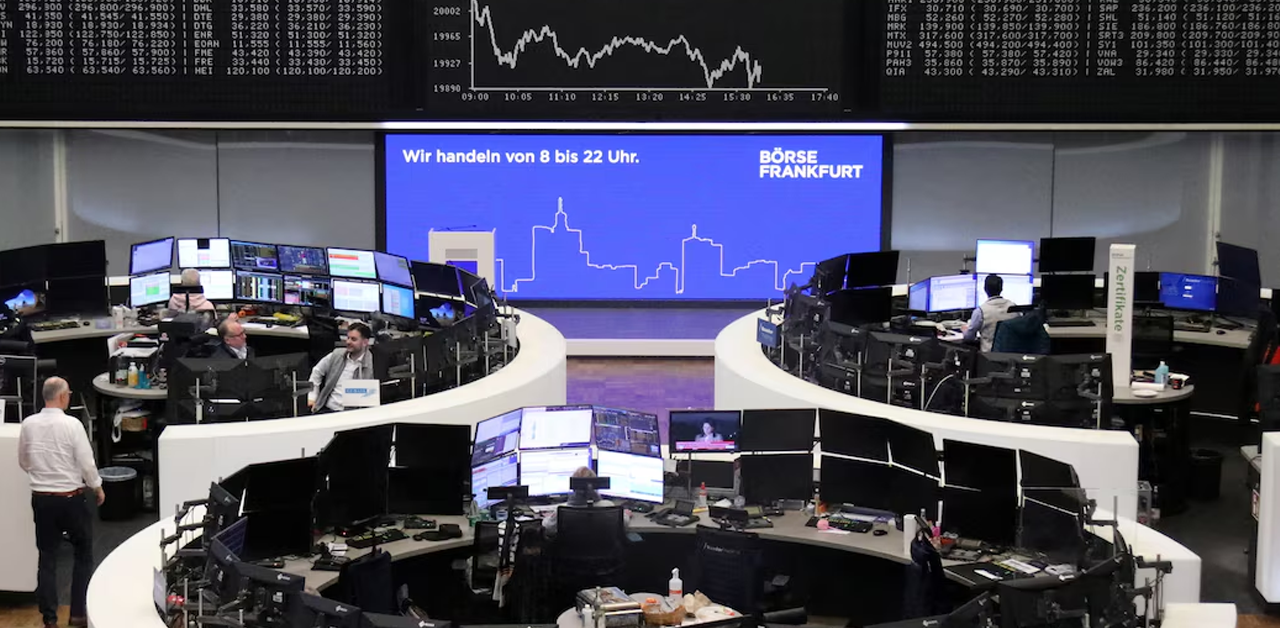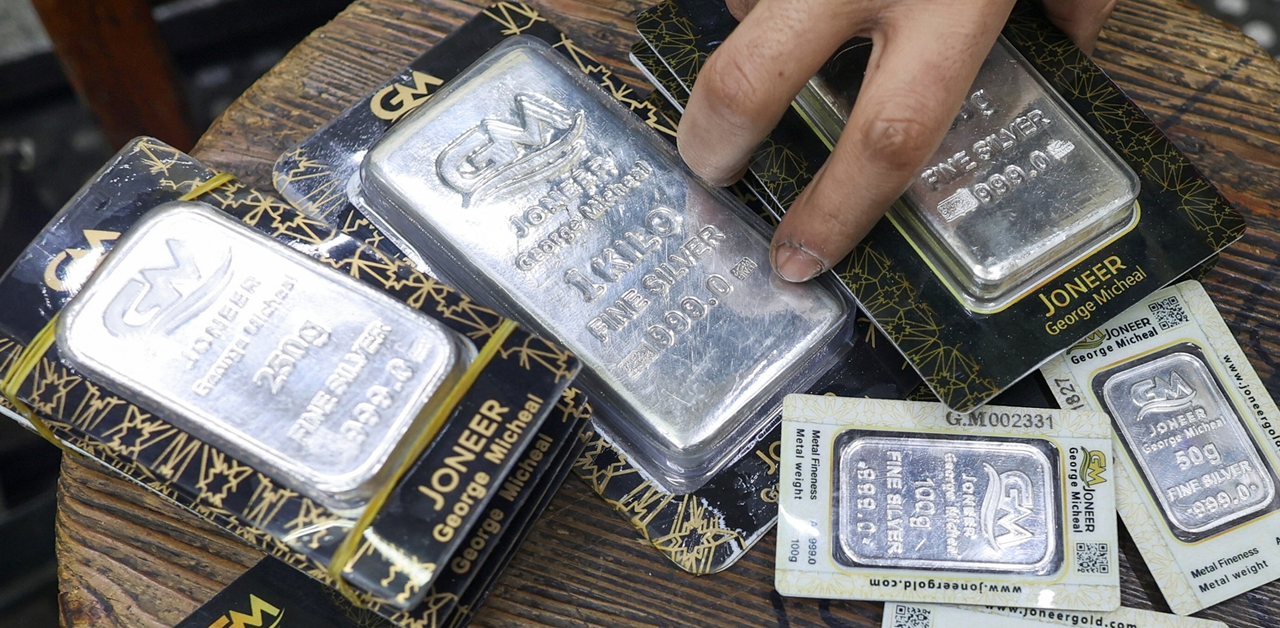Despite timid drillers, US oil production is increasing
A couple of recent predictions have predicted significant improvements in U.S. shale oil output this year, igniting confidence in an industry that has maintained a culture of discipline and caution for the past two years. According to the industry, caution will be the order of the day. Despite rising oil prices, Marathon Oil has no plans to increase production this year, according to Petroleum Economist. Pioneer Natural Resources likewise made it plain that it would not modify its strategy due to price fluctuations, with chief executive Scott Sheffield stating on multiple occasions that a strategy shift for his business and the industry as a whole was highly improbable.
Sheffield remarked in February, “Much if the president wants us to grow, I just don’t think the industry can grow regardless,” and it appears he hasn’t changed his mind since then, reaffirming the statement in March, when prices were even higher.
This isn’t to argue that output isn’t increasing. It only appears to be increasing more slowly than some would want, particularly the federal government, which is attempting everything it can to keep retail petroleum costs low. The Biden administration just announced the release of 180 million barrels of crude from the strategic petroleum reserve for the next six months, which is a record. Even yet, the influence on prices was only temporary.
However, the 180 million barrels that will be freed from the SPR will need to be refilled, making the need for more US production much more pressing than it is today. According to the Energy Information Administration’s latest Drilling Productivity Report, shale oil output in the United States would increase by 132,000 barrels per day next month, to 8.65 million barrels per day. Despite this, the EIA recently lowered its full-year prediction downward, to a total of 12.01 million bpd at the end of the year, down from an earlier forecast of 12.03 million bpd.
In all fairness, the revision isn’t huge, but it’s still a downward one, reflecting the sentiment of the shale CEOs mentioned before. Meanwhile, the inventory of wells that have been drilled but not finished is rapidly depleting.
The EIA revealed this week that Permian shale producers have gone through their DUC inventory for the past 20 months. Because DUCs are the ones that can be put into operation the quickest, they are a crucial measure of the health of the shale business. It’s encouraging that they’re being used. The bad news is that new well drilling is lagging behind DUC use significantly.
The DUC inventory in the Permian declined to 1,309 in March, according to the EIA. This is the lowest DUC count since February 2017, and the imbalance could cause production growth to slow down. Shareholder sentiment is one reason why shale drillers are hesitant to raise production. However, this is only true for public drillers, despite the fact that they are the largest operators in the shale sector. Other concerns include labour constraints, material and equipment limitations, and, most recently, steel costs, which have risen sharply, taking steel tubing prices for newly drilled wells with them.











